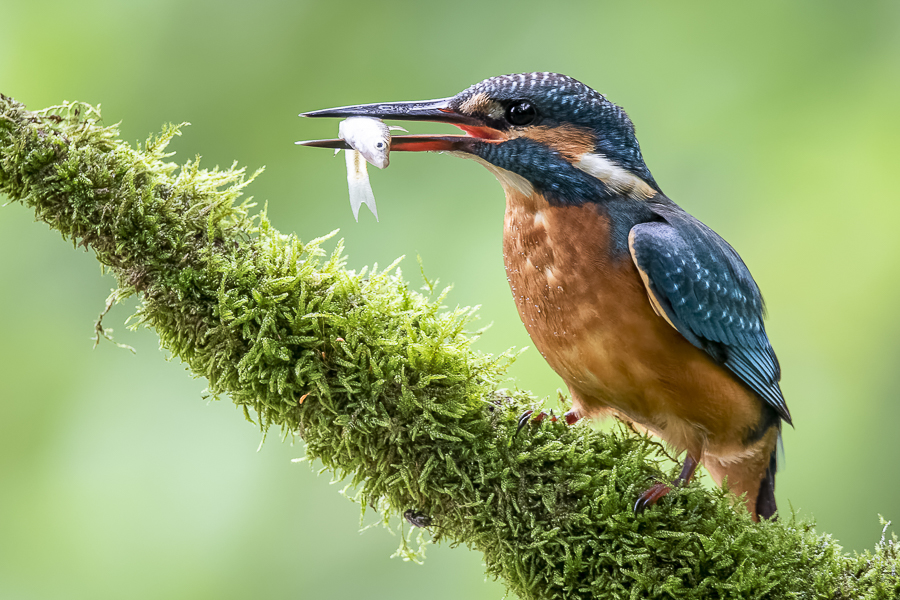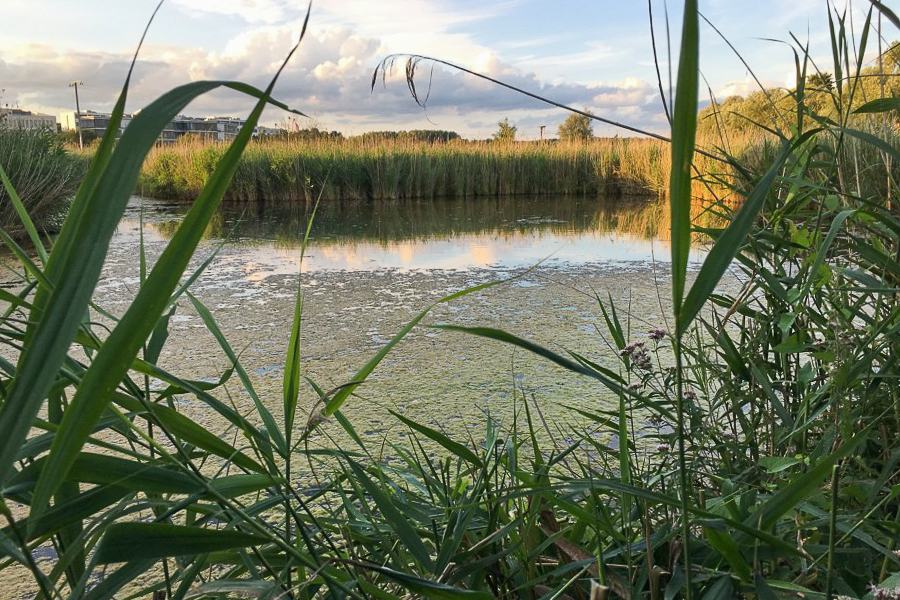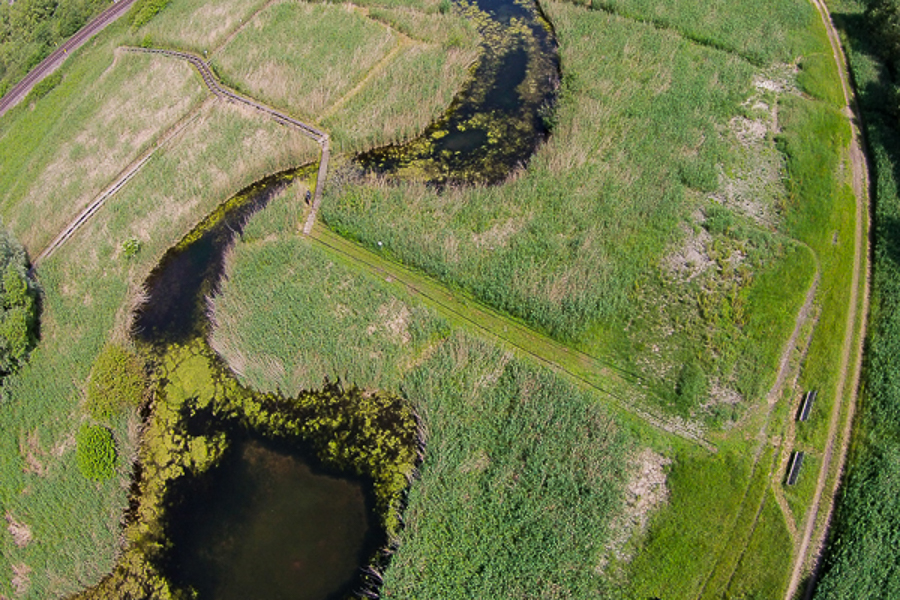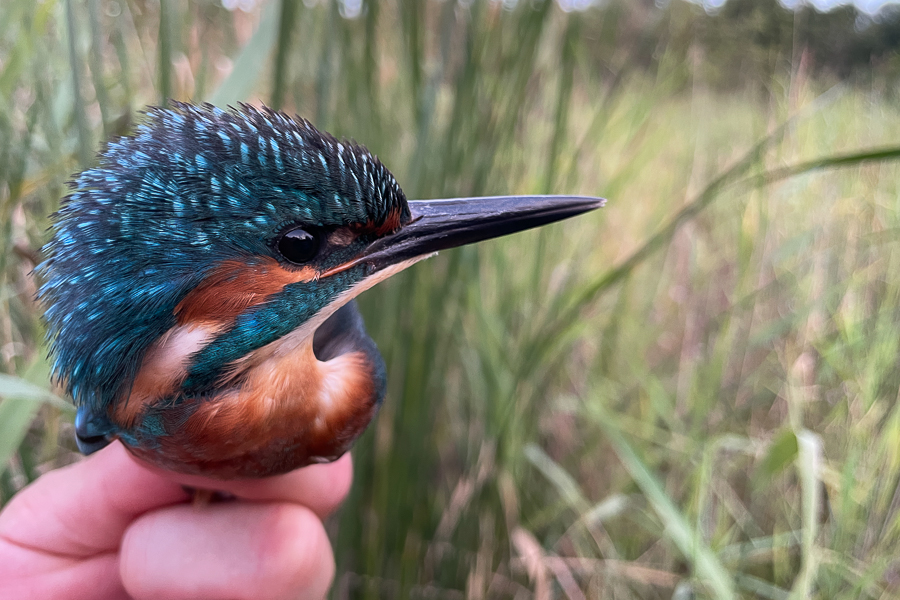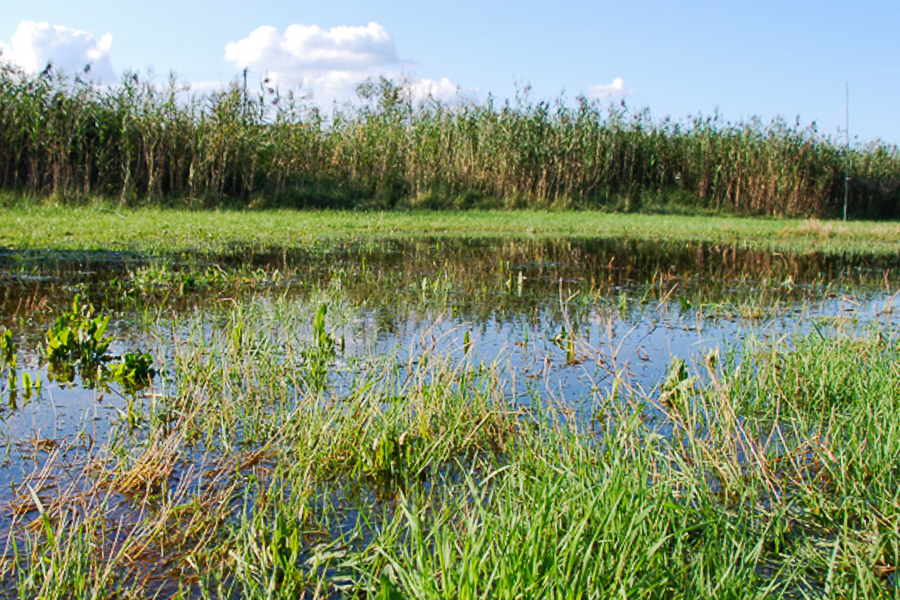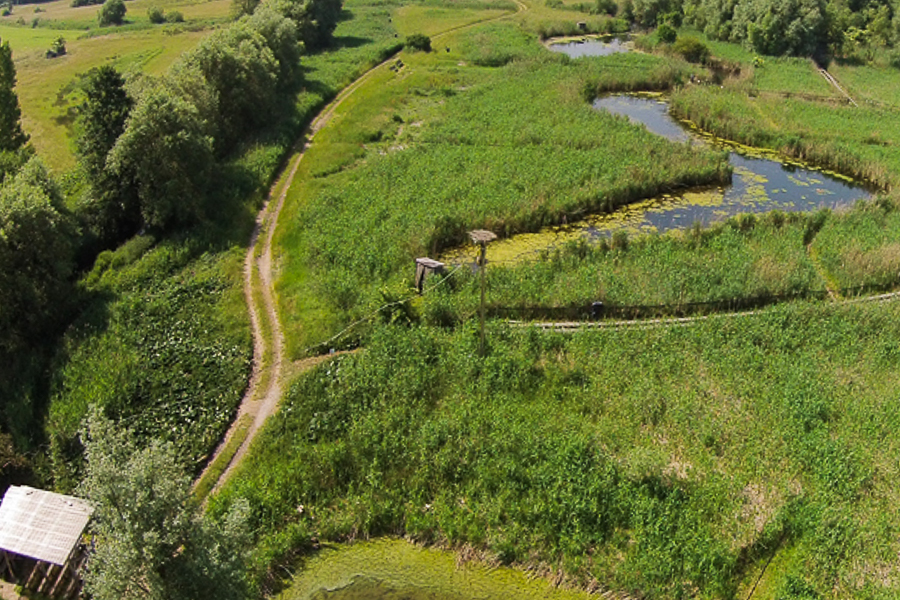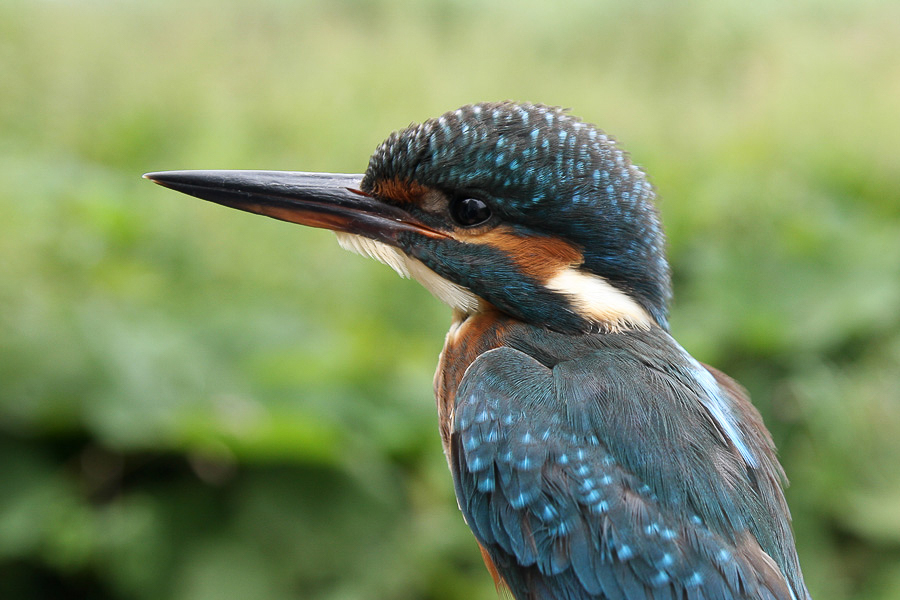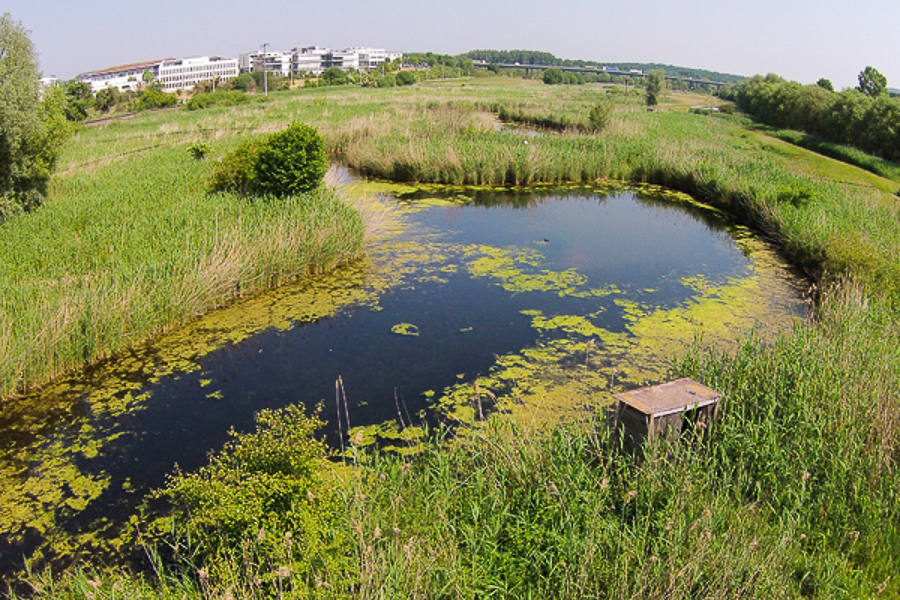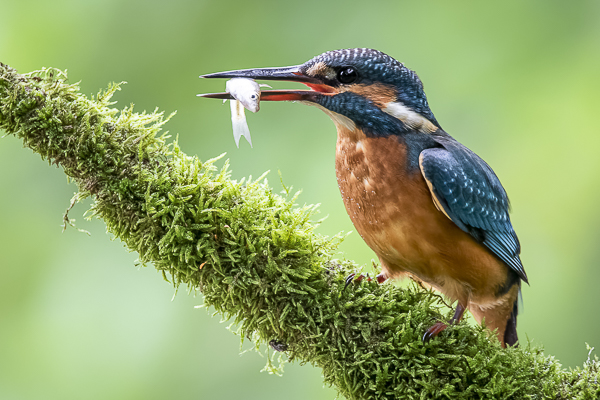 Credit: natur&ëmwelt
Credit: natur&ëmwelt
Luxembourg has what is known as a Temperate Climate in which winters are generally mild and summers comparatively cool, with rainfall that can be high; its flora and fauna have thrived in and adapted to this climate over the centuries and millennia, with ongoing challenges due to pollution and recent climate change, as well as the introduction of non-native species, resulting in disruptions to the norm.
Nevertheless, with various initiatives and organisations helping the ecosystem and habitat, including sustainability and re-wilding, there is a lot happening in nature across the Grand Duchy.
Chronicle.lu has teamed up with natur&ëmwelt (the non-profit organisation (naturemwelt), the foundation (Hëllef fir d'Natur) and the Wildlife Care Centre (Flegeestatioun)) for a series of articles on Luxembourg's fauna in which we look at various mammals, birds, insects, amphibians and aquatic animals, as well as touching on vanishing species returning to Luxembourg, focussing on their lifestyle and habitat, including when and where to observe them.
No. 26 in this series focuses on the European kingfisher.
A little gem of rivers and wetlands, the European kingfisher immediately catches the eye with its bright colours and rapid flight. It finds an ideal refuge in Schlammwiss.
With its turquoise blue and bright orange plumage, the kingfisher is one of the most colourful birds in Luxembourg. Measuring approximately 16 to 18 cm and weighing 35 to 45 g, it has a long black beak that is perfectly adapted for fishing. Its short, rounded wings allow it to flap rapidly, while its short tail accentuates its stocky appearance. Its shimmering colours are not just for show: they make it harder to spot when flying close to the water.
Lifestyle
A fishing specialist, the kingfisher perches on a branch or reed above the water, carefully scanning the movements below the surface. As soon as it spots prey, it dives headfirst to capture small fish, tadpoles, or aquatic insects. It lives in pairs during the breeding season, digging a burrow in a soft bank to lay five to seven eggs. Highly territorial, it fiercely defends its hunting ground against other birds of the same species. Its high-pitched, piercing song often betrays its presence before it is seen.
Habitat
Kingfishers mainly frequent rivers, ponds and wetlands rich in fish. The Schlammwiss nature reserve, located in the Syr valley, is one of their favourite habitats in Luxembourg. This wetland, shaped by pools, reed beds and the river, is home to exceptional biodiversity. Created and managed to protect the fauna and flora of aquatic environments, Schlammwiss has become a true sanctuary for many species, including the kingfisher.
Where and when can it be observed?
Kingfishers can be observed all year round at Schlammwiss, but autumn and winter are particularly favourable, when the bare foliage makes them easier to spot. They are most active in the early morning or late afternoon, when they hunt for food. Attentive walkers will sometimes see it flying quickly and low, like a blue flash above the water. With a little luck, it will allow itself to be observed, motionless, perched on a low branch.
Observation tips
Kingfishers are shy and discreet birds: approach calmly and remain silent. Binoculars are essential for admiring it without disturbing it. Avoid getting too close to the banks during the breeding season (March to June) so as not to disturb nesting pairs. The nature trail and observatories at Schlammwiss offer excellent viewing points that respect its tranquillity.

